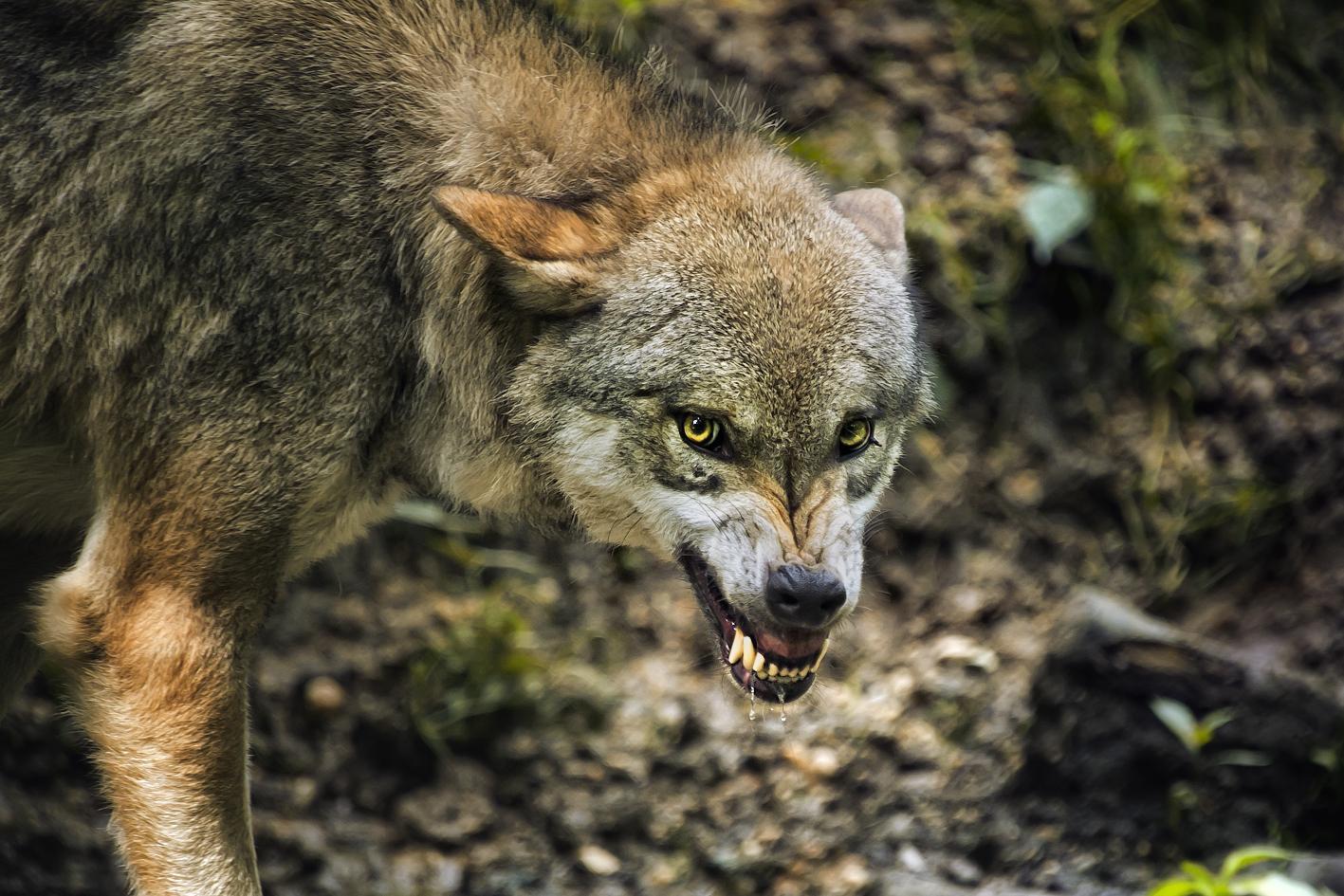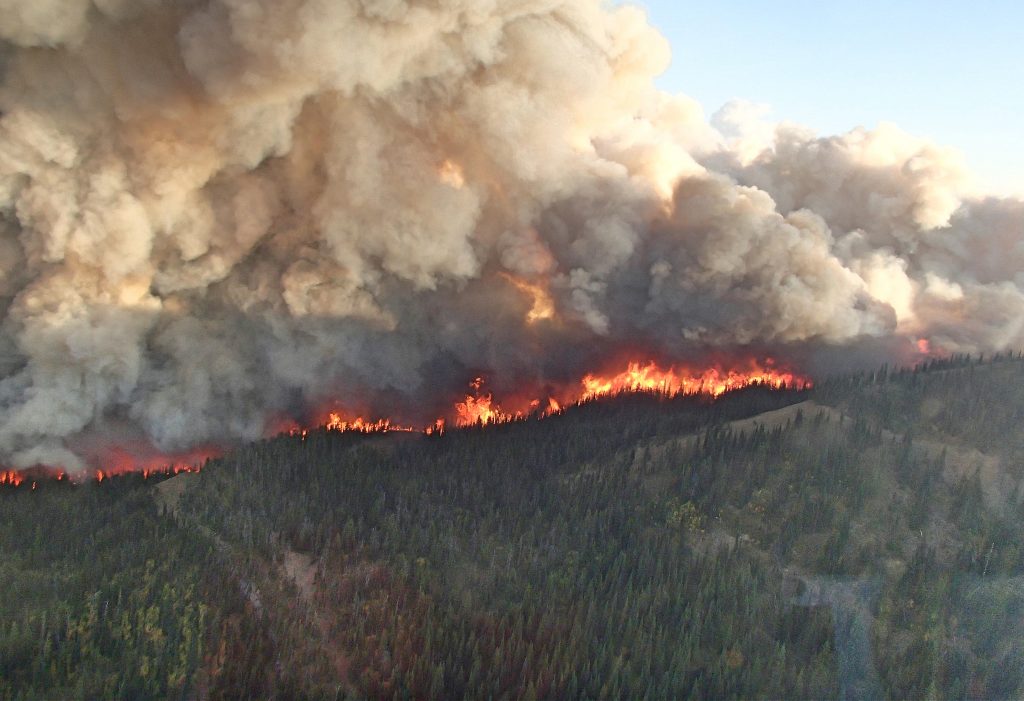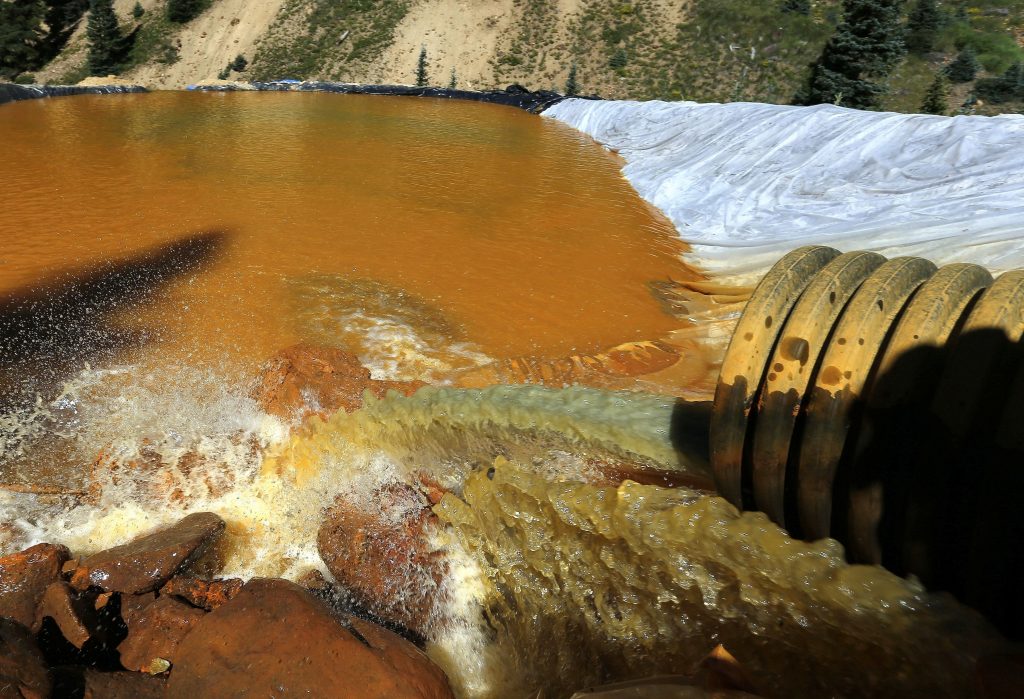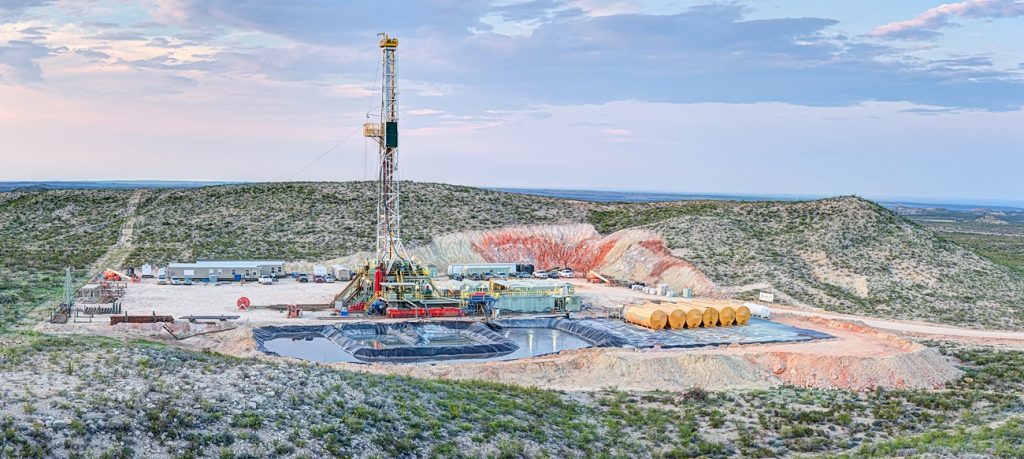Northeast Oregon cattle ranchers have called for two entire packs to be killed, saying the state’s “incremental” approach won’t deter voracious wolves.
Eric Mortenson
Some wolves may have become ‘habituated’ to eating cattle
Tracks indicated the 500-pound calf churned 150 feet up a slope, leaving blood splattered on four logs, before going down in a pile of Meacham Pack wolves.
There wasn’t much left when a ranch hand found the carcass Aug. 19, perhaps two or three days after the attack. Most of the calf had been devoured, except the vertebrae with ribs, pelvis and tail still attached. The calf’s lower jaw and contents of its rumen were nearby.
It was the pack’s fourth confirmed attack within a week, all on livestock grazing on a 4,000 acre private, forested pasture in the Sheep Creek area of Umatilla County. The producer asked ODFW to take “lethal control” against the Meacham Pack as allowed under Phase 3 of Oregon’s wolf management program.
The rancher wanted them all dead. The wildlife agency authorized killing two of them, an incremental approach it had taken earlier in August with Wallowa County’s Harl Butte Pack, which attacked livestock eight times since July 2016.
In that case, ODFW quickly shot two adult Harl Butte wolves, then a third and fourth in the days that followed as it appeared the pack was still going after calves.
The Oregon Cattlemen’s Association argued that ODFW’s approach was a waste of time. Even with four dead, the Harl Butte Pack consisted of six adults and three growing pups – a 33-pound pup was unintentionally trapped, then released unharmed, as ODFW pursued the adults.
The Meacham Pack, meanwhile, had seven members at the end of 2016 and added at least four pups this past spring.
As Wallowa County rancher Todd Nash put it, “big dogs” eat a lot of meat.
The apparent spike in livestock attacks in August raised questions. ODFW said Oregon’s unusually warm and dry summer — even Portland went 57 days without rain — caused deer and elk to move to higher ground. With their natural prey more scarce, wolves then turned to attacking cattle, went the explanation.
But as Northeast Oregon research scientist Jim Akenson pointed out, deer and elk go to higher ground every summer. That’s not new, although conditions were more severe this year.
Instead, Akenson believes the packs may be “habituated” to eating cattle. For that reason, he said, ODFW’s incremental response — killing two adults at a time and monitoring the effect on pack behavior — probably won’t work.
Once the pack members “flip that switch” in terms of prey selection, it is tough to deter them, he said.
“They’re habituated to easy pickings,” Akenson said. “Plucking out a couple individuals is probably not going to change that behavior.”
Oregon Department of Fish & Wildlife Depredation Reports
Free Range Report
[paypal_donation_button]
[wp_ad_camp_3]
[wp_ad_camp_2]




As usual government agencies do nothing good except waste funds. The normal diet for wolves is meat and they are going to take what they can get, calves are the easiest for them to get, so that is what they are going to eat. Even a full grown cow is going to be easier than to get than a deer or a elk. Creating endangered species is a New World order scam to gain control over people and the land. I totally agree with the Ranchers but i think Wolves and Cougars should be exterminated.